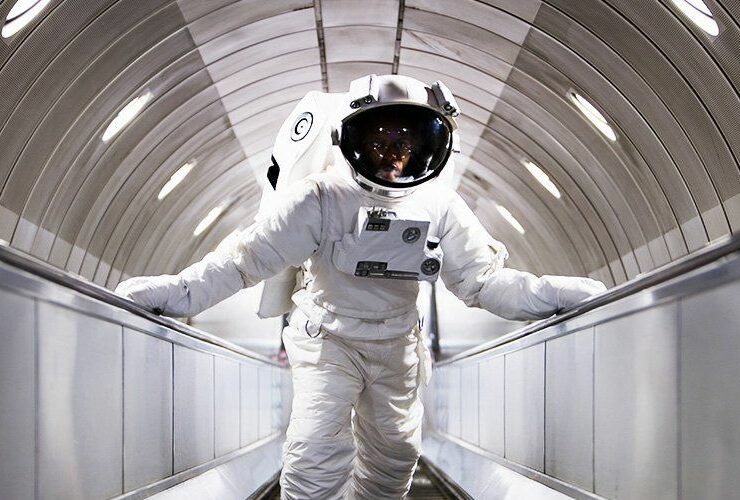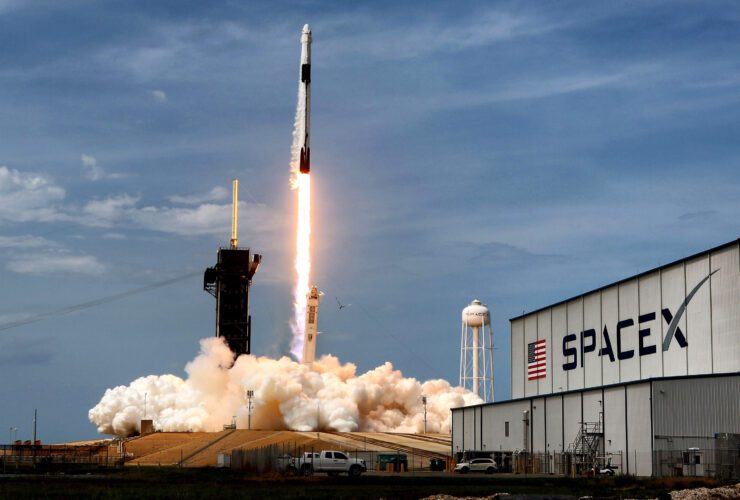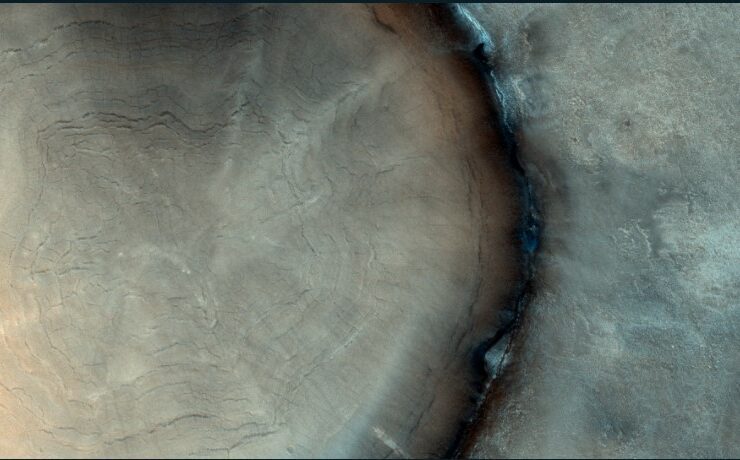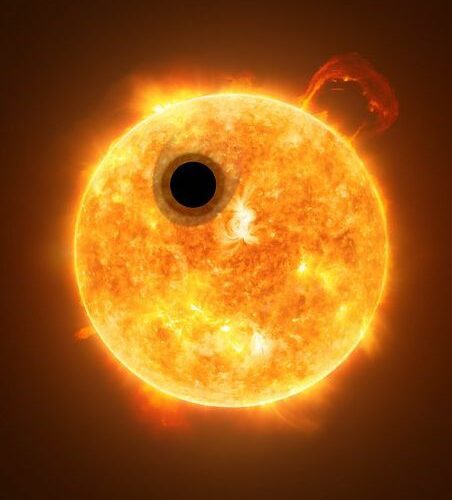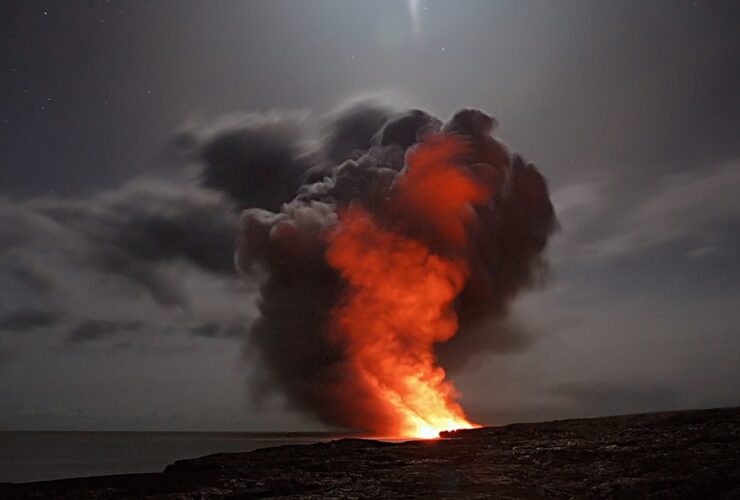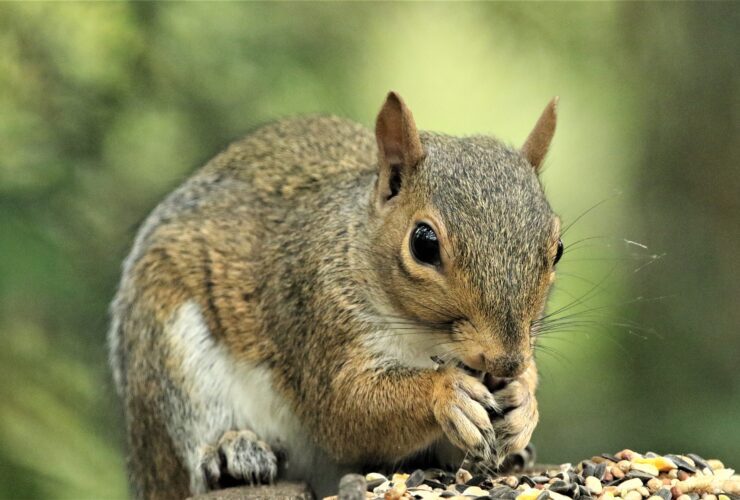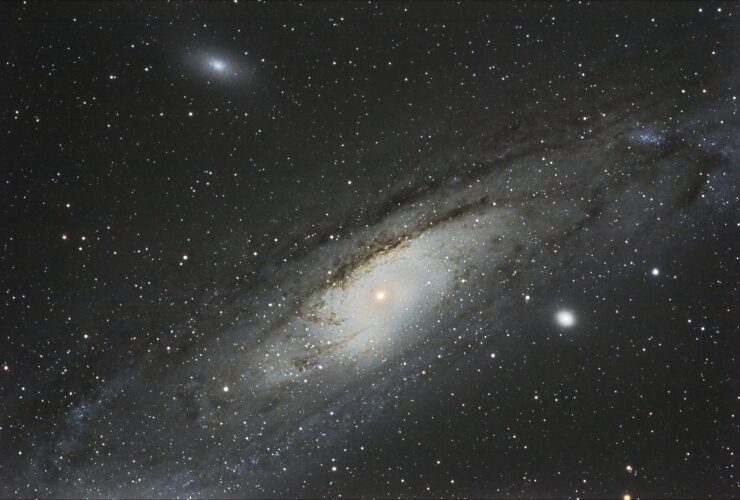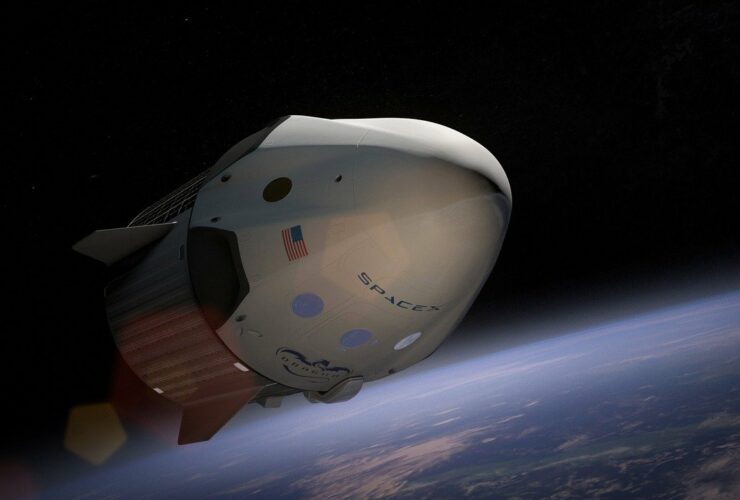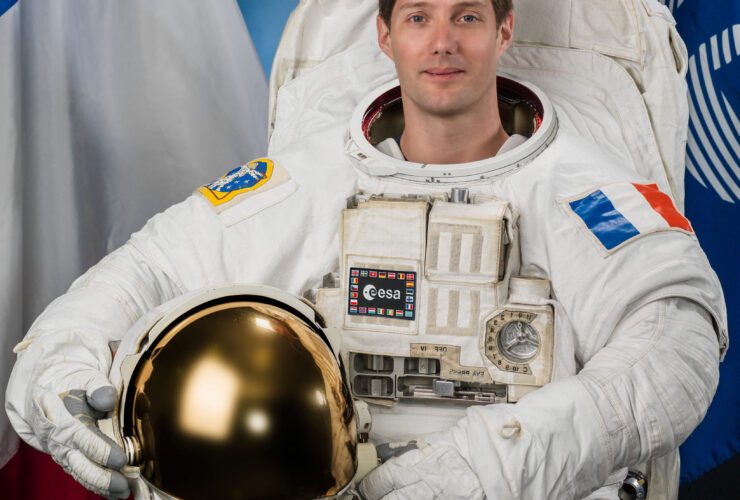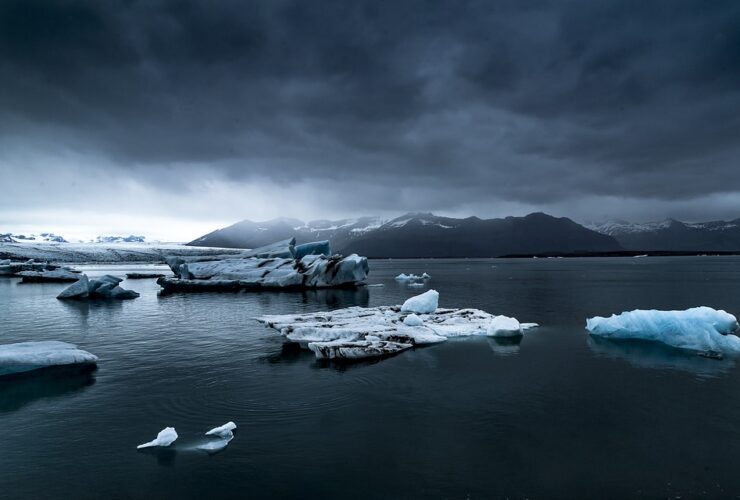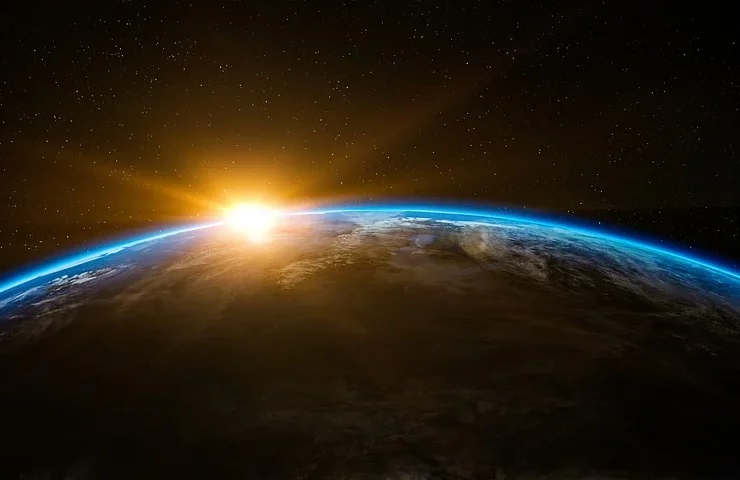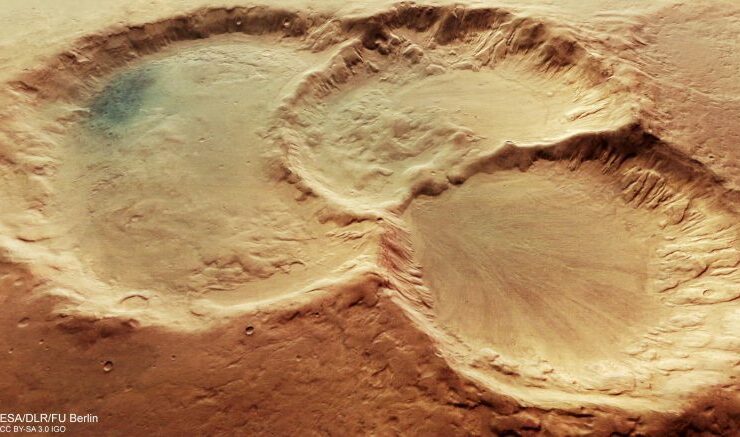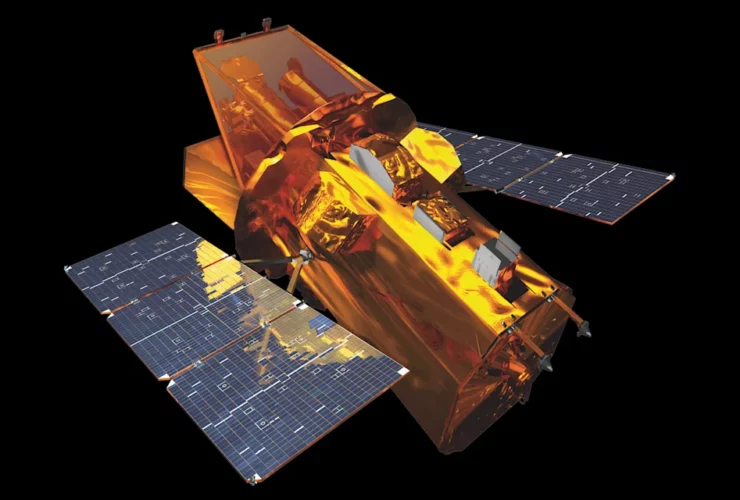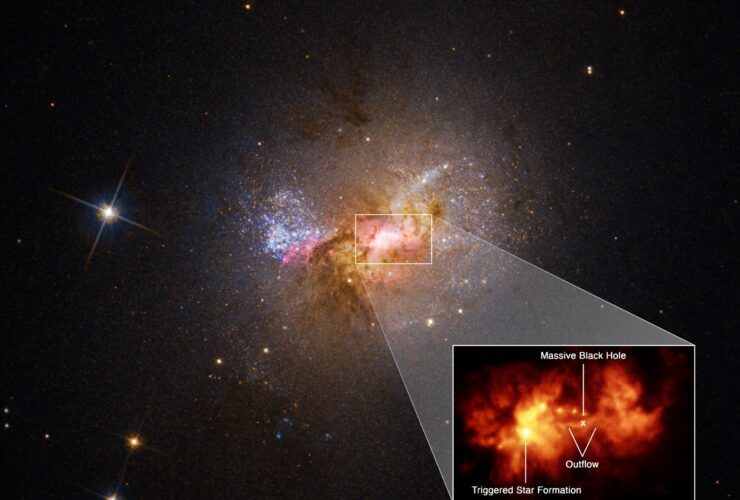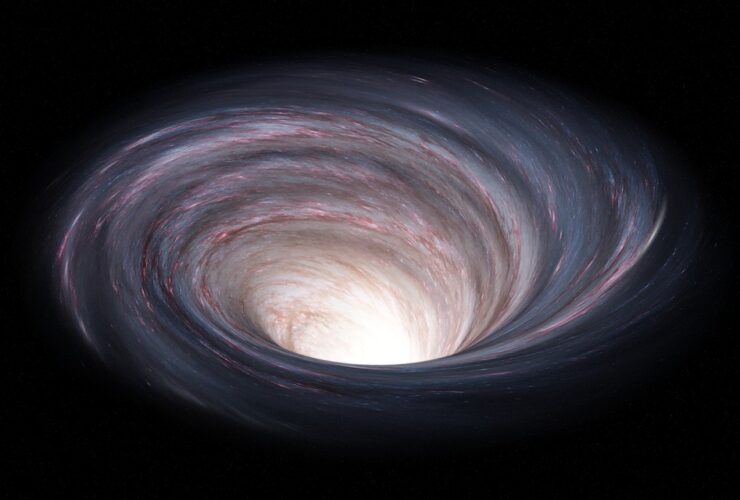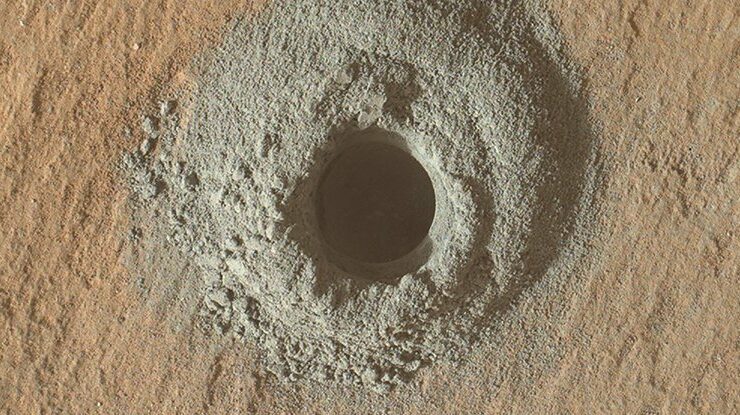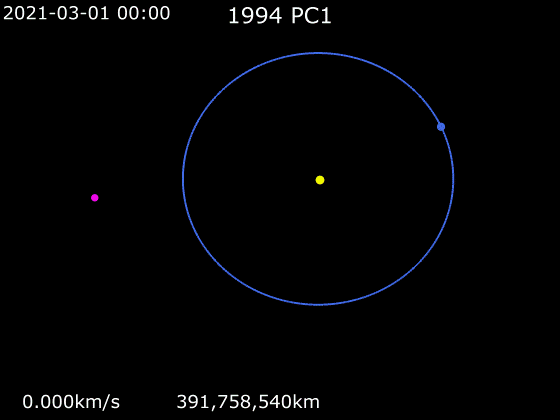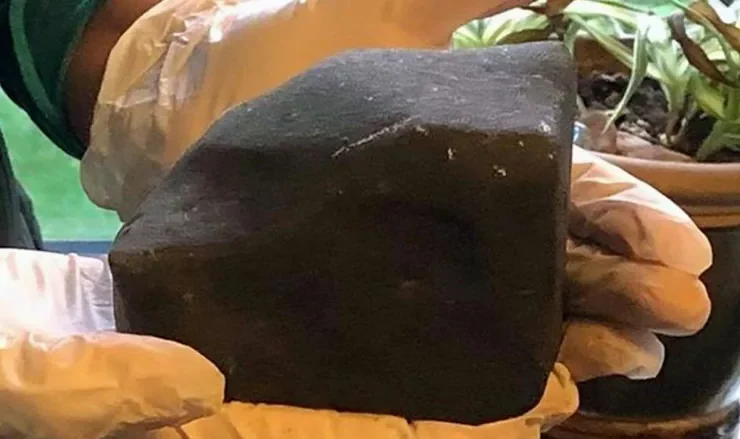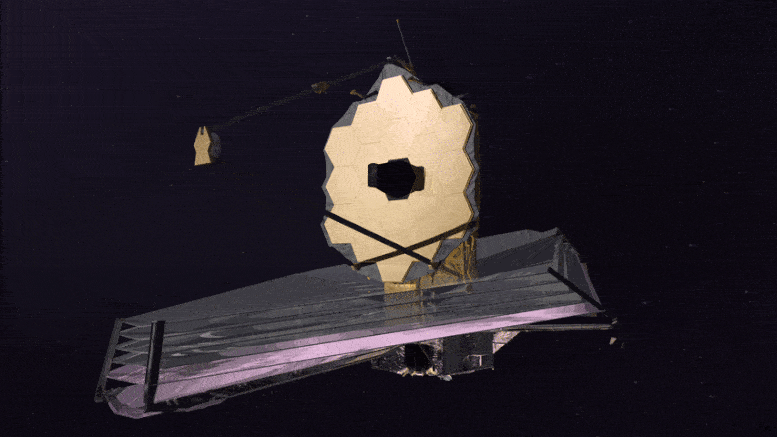What the Rise of Oxygen on Early Earth Tells us about Life on other Planets, and How it Have Evolved
Deeper knowledge of Earth’s atmosphere could help us find signs of life outside of our solar system. How did the Earth have enough oxygen to support animal life? In a study by McGill University, they found that oxygen levels rose ...
In the bigger picture, this experiment can lead people to understand better the Earth’s changing climate and the increasing pace of ice melting throughout our world. However, understanding why ice takes different shapes is a matter of intense curiosity for ...
Astronauts aboard the International Space Station do spine scans, heart checks, and breathing tests. During a spacewalk on January 19, 2022, Russian spacewalkers Pyotr Dubrov and Anton Shkaplerov worked on the Prichal module. The International Space Station’s main scientific activities ...
The launch of an Italian satellite and SpaceX’s next Starlink fleet mission have been postponed multiple times. Due to inclement weather, SpaceX postponed two back-to-back rocket launches from Florida on Saturday (Jan. 29). Bad weather resulted in previous delays in ...
Is this a close-up of a tree stump or an orbital view of a crater? At first look, it may not be easy to tell. However, this picture of a crater on Mars supplies planetary scientists with much the same ...
An international team of researchers from the University of Bern and the University of Geneva and the National Centre of Competence in Research (NCCR) examined the atmosphere of one of the most extreme known planets. The findings of this hot, ...
According to a recent paper in Frontiers in Astronomy and Space Science, a few specialized bacteria survive circumstances similar to those of Mars’ early past, which may be due to a variety of adaptations. The hydrothermal crater lake of Costa ...
A new study by a biologist at the Université de Montréal aims to explain how squirrels save energy while hibernating and what implications this knowledge may carry for the future of space flight. Matthew Regan’s study of the thirteen-lined ground ...
Black holes remain one of the most elusive and mysterious types of space objects. It couldn’t be otherwise when we’re talking about space objects that defy even the laws of physics themselves. Nobody knows for sure what happens with matter ...
How much does a space ticket cost? That is dependent on who you book with, how you want to get there, and whether or not you are fortunate. It is critical to distinguish between sub-orbital and orbital space tourism. While ...
On Wednesday, U.S. government scientists announced a crucial step forward in the long journey toward making nuclear fusion — the mechanism that generates power to stars – a viable energy source for humanity. Using the world’s most giant laser, the ...
Scientists must first find out how, or if it’spossible for humans to procreate in space before they plan on colonizing other planets. A self-sustaining human population outside of Earth is a goal of space industry leaders like Elon Musk and ...
Last year, French astronaut Thomas Pesquet spent six months onboard the International Space Station, and the view of Earth from there was both terrifying and stunning. He had a unique view of our globe since he spent a lot of ...
Webb Telescope has completed its million-mile voyage. Now comes the tricky part. On January 8, 2022, nearly 500,000 kilometers behind our planet, possibly humankind’s most significant technical feat came to completion. The James Webb Space Telescope (JWST) was deployed entirely ...
Researchers say the “Doomsday Glacier” is irreversibly melting and may come apart in decades. A recent interview with atmospheric scientist David Holland of New York University exposes truths about the melting Thwaites Glacier. Axios said this morning that the West ...
According to experts, the Earth’s core is cooling faster than previously believed, which might hasten the planet’s eventual march toward uninhabitability in millions or billions of years. For the duration of Earth’s 4.5 billion-year history, the planet’s interior has been ...
A group of astrophysicists may soon have a key to unraveling the puzzle of life’s beginnings. On December 25, the James Webb Space Telescope was launched into orbit from French Guiana, South America. Webb is the biggest and most powerful ...
According to a new Curtin University study, the frequency of asteroid impacts that generated impact craters on Mars has been stable over the last 600 million years. The research, published in Earth and Planetary Science Letters, examined the creation of ...
After 17 years of generally trouble-free operation, NASA’s Neil Gehrels Swift Observatory has experienced technical challenges. Because of a “potential failure” in one of the six reaction wheels used to modify the orbiting explorer’s attitude, the spacecraft has been placed ...
Black holes, often depicted as the deadly creatures of cosmos, ripping apart stars, devouring everything that gets too near, and trapping light, are now taking on a less evil role in the newest Hubble Space Telescope study. Detailed data from ...
Because we can’t detect black holes, we don’t know how many there are in the vast Universe. But it doesn’t imply we don’t have any options for figuring it out. Stellar-mass black holes are the crumpled cores of dead big ...
As it’s the basis for all life on Earth, detecting carbon on other planets usually gets scientists thrilled – and the Curiosity Rover on Mars has uncovered a unique blend of the chemical element that may conceivably indicate the presence ...
Australian astronomers identified asteroid 7482 (1994 PC1) in 1994. It will travel within 1.2 million miles of our planet on Tuesday at 21:51 GMT. This was the closest approach since 1933, when it came within 699,000 miles of Earth. Tonight, ...
Western specialists are investigating a meteorite that became popular after falling into a woman’s bedroom in British Columbia. The meteorite piece traveled for hundreds of millions of years before landing on the planet. According to Western experts, a meteorite that ...
NASA successfully launched the biggest and most powerful space telescope ever built on December 25 from Earth. The James Webb Space Telescope (JWST) will use unparalleled technology to see both close and far, from our solar system’s planets and bodies ...



